Case Studies.
Add Case Study
Our Case Study database tracks 18,927 case studies in the global enterprise technology ecosystem.
Filters allow you to explore case studies quickly and efficiently.
Download Excel
Filters
-
(5,701)
- (2,526)
- (1,717)
- (759)
- View all
-
(4,977)
- (2,450)
- (1,228)
- (755)
- View all
-
(4,381)
- (1,752)
- (1,288)
- (479)
- View all
-
(4,136)
- (2,042)
- (1,239)
- (919)
- View all
-
(2,454)
- (1,234)
- (459)
- (341)
- View all
- View all 15 Technologies
- (1,732)
- (1,626)
- (1,605)
- (1,461)
- (1,423)
- View all 42 Industries
- (5,782)
- (4,114)
- (3,091)
- (2,780)
- (2,671)
- View all 13 Functional Areas
- (2,568)
- (2,482)
- (1,866)
- (1,561)
- (1,537)
- View all 127 Use Cases
- (10,333)
- (3,499)
- (3,392)
- (2,982)
- (2,593)
- View all 9 Services
- (504)
- (432)
- (382)
- (301)
- (246)
- View all 1008 Suppliers
Selected Filters

|
Transforming Public Transit in Austria
• Enhance safety for trams and passengers • Deliver an innovative passenger experience • Improve operational efficiency with better insight
|
|
|
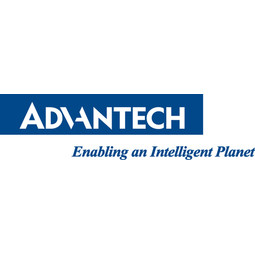
|
Convenience Store Energy Saving Application
Since electricity costs keep on rising, the bills for convenience stores keep on increasing and unfortunately it’s difficult for convenience stores to raise their prices to maintain the same profit margins. Variable overheads are difficult to budget for and give accountants a headache, therefore one convenience store chain in Thailand has decided to redress the balance and put themselves in chargeof power generation by installing solar panels in their stores.Our customer wanted to reduce their energy costs by at least 10 percent and having installed solar panels in their store locations they needed to be able to send the power to where it was needed and when it was needed. Since the stores are open for 24 hours and it’s onlysunny forroughly 12 of those, it was essential that the power distribution to the lighting and refrigeration units was managed efficiently.
|
|
|
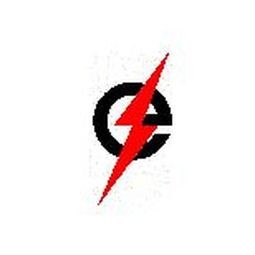
|
Connecting the EY Building
- Multiple A/C systems to be monitored through single central monitoring system. - Monitor Status of UPS, generator and switch gear status. Both digital and analog signals. - Monitor building for low voltage conditions and power usage. - Monitor for water leak detections. - Monitor the actual operation of HVAC units to include compressor amperages, refrigerant pressures, fan and filter status. - Implement open protocol Building Automation System for future multi-vendor expansion. - Monitoring and alarming of Space Temperature within a prescribed limits. The Ernst & Young's primary concern was a power loss and high space temperatures in the both the data center and LAN rooms. The UPS or generator would start and all A/C units would cycle on and off with no delay and this would put a drain on the power supply. E&Y sought to implement an integrated system that would not only effectively monitor, but also time out and stage the A/C system restart. They were also looking for a system that allowed for future expansion of the remote alarm monitoring.
|
|
|

|
Green Planet Case Study
Ztech supplies turbine flow meters to one of the largest water utilities in Gujarat, there utility customer wanted them to provide real-time connectivity between their software and the water meter. They were also getting enquiry for a smart water meter from a lot of their existing customers too. One of their competitors had already launched its smart meter solution. They were short on time to launch such a water meter. Ztech wanted results in few weeks instead of months. They already had an water metering application but that was only designed for manual entries or hand held equipments.
|
|
|
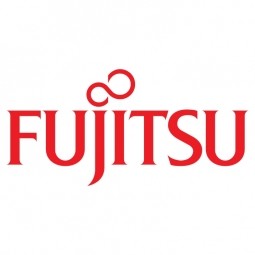
|
Real-Time IoT Tracking and Visualization Improve Manufacturing
Shimane Fujitsu, a wholly-owned subsidiary of Fujitsu and a leading manufacturer of business notebooks and tablets, set out to improve processes where factory inspections found product errors. Prioritizing product rework based on shipping date was challenging, and it caused Shimane Fujitsu to incur additional shipping fees. The company needed a way to collect data to better track the location of products in the rework cycle as well as monitor progress in real time. The collected data would also help process analysis for future improvements.
|
|
|
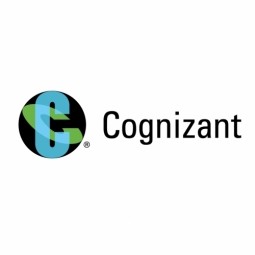
|
Transformed IT Infrastructure Improves Business Agility
A global security, storage, and systems management software provider planned to demerge into two separate companies. To prepare, it undertook a major overhaul of its IT infrastructure and operations strategy. A key requirement: streamlining the Hosting Group, which handled compute, storage, and middleware operations. These functions had grown complex and had a wide geographic distribution. The company planned to bring them under closer in-house management.The company looked to increase its business agility so it could quickly and creatively respond to customer demands with improved internal collaboration and optimized go-to- market and IT service delivery capabilities. Modernizing IT functions, and making them more responsive, was critical to achieving these goals.
|
|
|
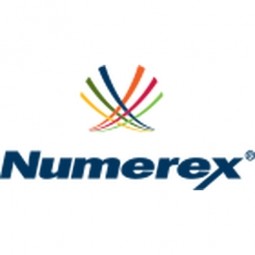
|
Tank Monitoring Solution Delivers Big Savings for Bulk Fuels Distributor
Fuel delivery has always had some built-in inefficiency. Like most fuel and lubricant distributors, Retif Oil & Fuel followed a keep full model when restocking fuel tanks and was spending too much money topping off customer fuel tanks and making emergency deliveries. Without an accurate view of customer fuel stocks it was impossible to determine who needed fuel or how much they actually needed.
|
|
|
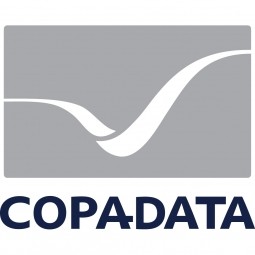
|
World leading zenon technology at Vipoll (Slovenia)
Vipoll aims to consolidate its market position and break into new markets not only in Slovenia but also internationally. A brewing customer needed to access the entire data from a production line. It was necessary to visualize the whole line and also to collect all its data, record that data transparently and make the data available to business users. The main focus was to grab data according to Weihenstephan standards. The Weihenstephan standards define which production data should be recorded at a filling plant and specifies how that data should be transferred.
|
|
|
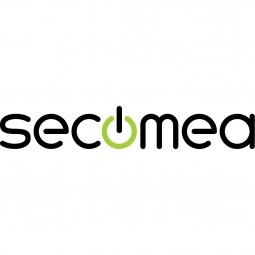
|
Enables 1st Class Customer Service
Applied Automation needed an efficient yet effective way to do customer services without sending the engineers to all parts of the world.Ongoing customer support is provided by the company’s engineers based on the south west coast of England. They need a remote access solutions which allow them to do customer service in England.
|
|
|
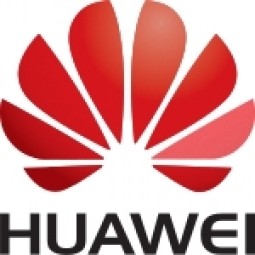
|
Going Mobile: Business on the Go
Haier is building a mobile application platform where all mobile applications running on this platform must be designed with unified security, architecture, management, and platform support capabilities. This new platform also must incorporate Haier's IT applications with smart devices.
|
|
|
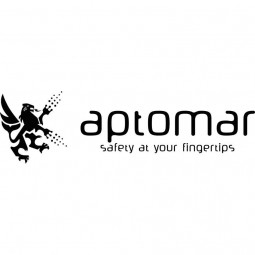
|
Boost for Goliat's Oil Spill Detection Capabilities
Goliat is the first floating production field development in the harsh environments of the Barents Sea. The customer requires to further enhance oil spill detection and combating capabilities at Eni Norge’s Goliat field.
|
|
|
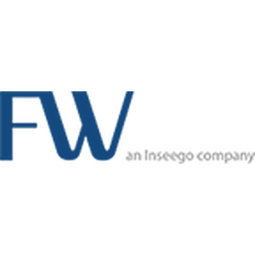
|
Fish and Wildlife Monitoring
The possibilities of the Internet of Things are endless and nothing demonstrates this better than one of FW’s most unique projects – a solar-powered camera solution for monitoring fish. Fish researchers worked with FW to integrate a camera system into the customer’s existing equipment installed at the end of a pile dike along the Columbia River. The camera system provides a live video feed of the fish detection array (mounted below the water surface) and surrounding water and weather conditions.
|
|
|

|
Global Manufacturer Improves Polymer Yield with Industrial IoT Solution
A global manufacturer seeks to improve production yield at polymer mixing process.The company’s polymer mixing process was producing output of inconsistent quality, with yields sometimes dipping as low as 50%.The scrapping of poor batches created huge costs and was crippling production capacity.Dynamic product specification in addition to variation in a range of production parameters causing the trouble.
|
|
|

|
New Sun Road Connects Uganda to Clean and Reliable Energy
New Sun Road is a registered California Benefit Corporation committed to implementing solutions to climate change and global energy poverty. This group of talented engineers is partnering with Ugandan green energy startup GRS Commodities to deliver reliable and clean power to the Ssese Islands in Lake Victoria, Uganda. The goal of the pilot system is to provide affordable and reliable solar powered electricity to businesses on Kitobo Island.Although no small feat, deploying the solar power grids is likely the simplest part of the solution. Solar was the obvious choice for the power source because it is economical and relatively simple to deploy.The primary difficulty lies in managing the energy grid and ensuring proper maintenance without having to be on-site at every location. The capability to remotely monitor the grid will enable New Sun Road to expand their service across the Ssese Islands in a more efficient manner since each grid can be monitored from one central location. But, in remote areas, where communication options are limited, how do you remotely monitor and manage a smart solar power grid?Without a local ISP, this can be a complex challenge, so the team decided to enable remote connectivity over the global cellular network.In addition to communication challenges, another major difficulty New Sun Road had to overcome was finding a device capable of withstanding the high temperatures within their network hubs. The device would be residing within a NEMA enclosure in direct sunlight, so the capability to function under extremely high temperatures was a must.
|
|
|
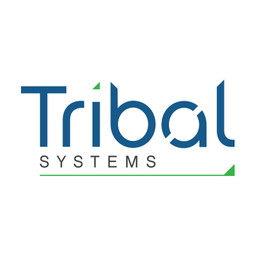
|
The Veolia Vision Air customer portal
Veolia supply water treatment equipment and services to a range of industries. It serves customers in the pharmaceutical industry, food and beverage, chemical processing, power, research and healthcare. Customers in these industries rely on water treatment to keep their businesses operating efficiently, as any decline in the quality of water in those processes means increased cost.Veolia wanted to use the latest technology that the internet makes possible to create a better experience for its customers in the countries across Europe. It wanted to give it customers instant access to their service scheduled, service reports, documentation, orders, contract coverage, and live feeds of data from their Veolia equipment, all while putting Veolia's support support team just a click away.
|
|
|

|
Perishable Goods Delivered Without Peril
Specializing in shipping perishable goods via multi-day trips on someone else’s truck could be challenging and costly. Weather, unusual conditions, cross-border customs controls and lack of standardization among trucks to hold and maintain temperature are just a few of the challenges Allen Lund faces every day.
|
|
|
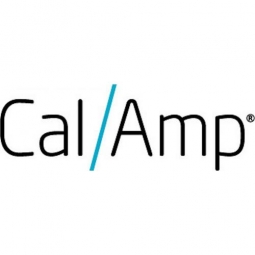
|
Raising its Service Level to Meet Changing Customer Expectations
Day & Night wanted to alleviate customer concerns and provide service confirmation by answering these questions: Did Day & Night arrive when it said it would? How long did it take Day & Night to complete a certain job? At what speed did Day & Night drivers operate while at a certain site.
|
|
|
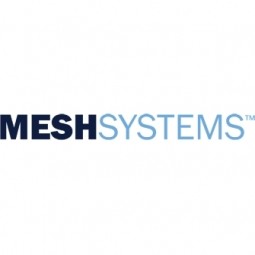
|
Maximize Power Grid by Balancing Energy Generated
Steffes Corp. wanted to transform individual space and water heaters into fast-response energy storage groups. Utilities can command this system of groups as a grid stabilization tool to address the problem of damaging power fluctuations created by highly variable and unpredictable renewable energy sources.
|
|
|
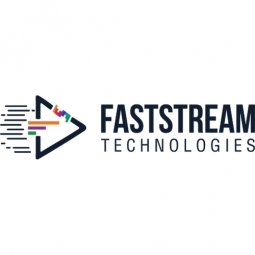
|
Digital Twin
The client looked for real-time visibility for the health status of the Early Production System.More signals were processed, and human intervention was unable to find anomalies that lead to performance abasement.The yield and profitability of the projects decreased as there was a lack of sensor intelligence or apparatus detections.
|
|
|
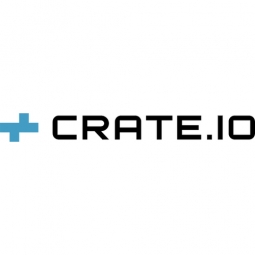
|
Industry 4.0 at ALPLA: Enhancing Factory Efficiency with IoT
ALPLA, a global leader in packaging solutions, faced several challenges as the complexity of their production machinery increased. The need for highly trained specialists in each factory led to higher personnel costs, difficulties in recruiting experienced talent at each location, and costly personnel turnover. Furthermore, less experienced operators running the machines sub-optimally impacted resource consumption and overall equipment effectiveness (OEE). ALPLA also faced the challenge of monitoring visual inspection systems in every line of their plants, which was almost impossible to do manually. In 2016, ALPLA decided to use data from the 900 different types of embedded sensors in each factory to address these issues. However, their initial choice of SQL Server as the data store for the sensor data proved inadequate, as it was unable to cope with their data requirements.
|
|
|
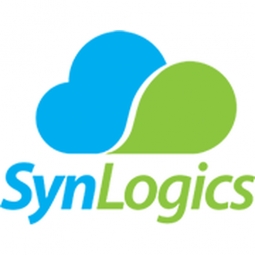
|
Digital Transformation of Atlanta Grout & Tile: An IoT Case Study
Atlanta Grout & Tile, a Tile, Stone & Grout restoration company based in Woodstock, Georgia, was facing challenges with its traditional business model. Despite steady growth over the years, the company was falling behind the web revolution and missing out on the opportunity to tap into a new consumer base. They were using independent software from different vendors for each of their department information and workforce management. This resulted in a lot of manual work on excel and the need to export/import data between different systems. This not only increased overhead costs but also slowed down their response to clients. The company also had to prepare numerous reports manually and lacked access to customer trends for effective business decision-making.
|
|
|
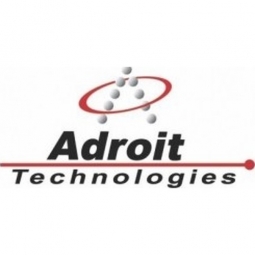
|
Star Refrigeration
Star Refrigeration’s TELSTAR control system uses the LonWorks® network. This fieldbus network has become the standard for the building management industry, which encompasses refrigeration and air conditioning. Star’s Electronic Systems Manager and Senior Development Engineers needed to source a SCADA HMI which would fulfil their data acquisition and monitoring requirements and match their networking needs. The ability to fit into LonWorks was a key requirement for the project. Adroit adopted a close, co-operative approach and adapted their SCADA HMI by writing a comprehensive interface to the LonWorks network. The Adroit SCADA HMI monitors data and performance of industrial refrigeration plants manufactured and installed by Star. In addition, the system provides an operator interface for altering plant control, with appropriate levels of security, using the TELSTAR system. The software is now the main data monitoring operator interface for TELSTAR, and is used in applications ranging from ice rinks and air conditioning to pharmaceuticals, distilling, fish processing and food storage. Star’s Development Engineers received training from Adroit, attending Adroit 2 + 1, a fast track course designed for system integrators and experienced end users, and the Adroit Advanced course. Star Refrigeration staff are now able to carry out their own in-house Adroit training for operators.
|
|
|
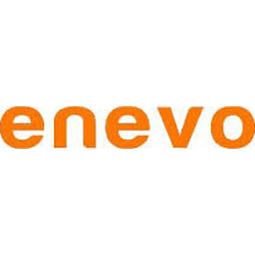
|
Improving Recycling Collection Performance
In 2015, HFTH, members of the Western New York Coalition for Donated Goods (WNYCDG) and the City of Buffalo diverted 4,800 tons of unwanted clothing and textiles for reuse. In an age of growing consumerism, HFTH’s ambition is to provide even greater support for the homeless. Its management team’s aim is to expand their recycling and collection capabilities, with the goal of achieving zero waste to landfill from its operation. HFTH was founded in 1990, starting out with a small number of recycling collection containers around the WNY area. Nick Calandra, COO and Corporate Secretary of HFTH, describes the management of those containers saying, “We personally checked every container and it was easy to memorize locations and estimate fill speeds in order to organize our truck routes and collections.” However, as the organization grew and the collection points spread across a wider area, manual logistics planning became more complex and efficiency dropped. It got to the point where containers were being emptied when only 30% full, simply because they were located on the regular collection routes. HFTH sought a solution that would allow them to scale operations, optimize collections and, wherever possible, automatically adjust routes to maximize collection efficiency.
|
|
|
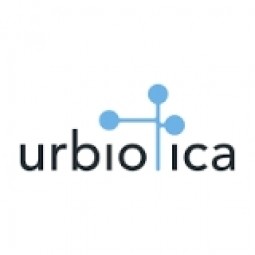
|
Parking at Shopping Centre Süd in Vienna, Austria
With an influx of more than 23 million people, visitors constantly had to deal with tremendous vehicle congestion in the parking area. This meant that they would waste a lot of time looking for a parking space and become more stressed, affecting their willingness to shop. This affected satisfaction in general and they ended up looking for better and quicker parking alternatives. SCS needed to resolve the situation urgently which was causing a decline in the influx of visitors to the Shopping Centre and harming the results of the points of sale.
|
|
|
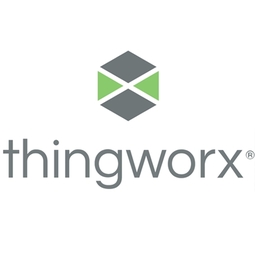
|
TU Darmstadt students make packing smart with ThingWorx
An Advanced Design Project toward IoT was open to a handful ofundergraduate students in TU Darmstadt from various backgrounds. The team’s goal was to develop an IoT solution by semester’s end.Based on their personal experience and the survey results—which told them 85% of people had forgotten to pack something important on a trip—they decided to apply the IoT to the world of travel. Armed with ThingWorx and PTC University eLearning Libraries, they began to develop the project idea and scope.
|
|
|

|
Citywide Smart Grid Solutions in Lyon
Standardize and showcase a fully operational smart grid for widespread deployment of proven innovative solutions and provide the basis for:• New business models for prosumer• Investment strategies for the French power system to incorporate the latest technological innovations• Transition scenarios to facilitate the evolution of the current network towards a smart grid system• Implementation of findings from multidisciplinary research on optimal technological and economic choices
|
|
|
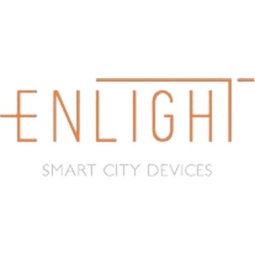
|
Smarter, Safer, and More Cost-Efficient Lighting Environments with Enlight
Few areas draw as much attention, time, and budget scrutiny as the network of thousands of street lights deployed in every urban environment. From safety concerns arising from broken bulbs to escalating energy costs and maintenance headaches, street lights are a hot-button issue for government administrators, law enforcement personnel, and, of course, constituents. Furthermore, Cities are increasingly handing-over street lighting operations to external partners under a determined Service Level Agreement, which performance is appraised using Key Performance Indicators that have to be measured and recorded. Aiming to turn this challenge into opportunity, Enlight – a name that underscores the company’s commitment to energy and lighting solutions – has devoted its business to developing and producing smart networks of street lights in urban environments – from streets and avenues to parks, playgrounds, and plazas. According to Miguel Lira, general manager for Enlight, new technologies continue to evolve and municipalities want to do more than turn lights on and off. They want full smart solutions for monitoring and controlling energy, and managing maintenance. “At first, we just provided basic services to manage street lights – just turning them on and off,” he said, “but as new technologies emerged, we were soon integrating hardware, software and finally producing smart lighting devices. But as the sophistication of these devices grew, so did our need for bandwidth to transmit more secure data at faster speeds and with greater reliability.” Previously, Enlight installations tapped into the actual electrical cable power the street lights as the communication channel. “At the time, RF communication was not reliable, stable, or well-developed,” Lira said, “but the powerline was noisy and not fully reliable.”
|
|
|

|
Predictive Maintenance Software for Gas and Oil Extraction Equipment
If a truck at an active site has a pump failure, Baker Hughes must immediately replace the truck to ensure continuous operation. Sending spare trucks to each site costs the company tens of millions of dollars in revenue that those trucks could generate if they were in active use at another site. The inability to accurately predict when valves and pumps will require maintenance underpins other costs. Too-frequent maintenance wastes effort and results in parts being replaced when they are still usable, while too-infrequent maintenance risks damaging pumps beyond repair.
|
|
|
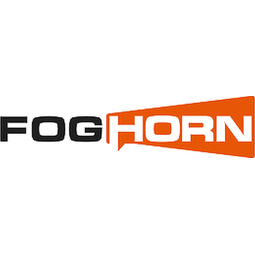
|
GE Detects Early Defects and Improves Capacitor Production
Hard to Detect Capacitor Failure Conditions Reducing Yield, Increasing ScrapGE was facing multi-million-dollar scrap problems due to limited real-time insights into the entire production process. They believed they could significantly improve the yield and reduce the scrap of their manufacturing operation by analyzing a large amount of RFID sensor data being produced by 30+ machines during the production cycle. This included correlating processing data in real-time from several sources to create an edge intelligence layer with FogHorn for real-time condition monitoring throughout the production process. The goal was to identify defects early, quickly determine the root cause, and speed remediation actions to improve yield and reduce scrap costs.
|
|
|
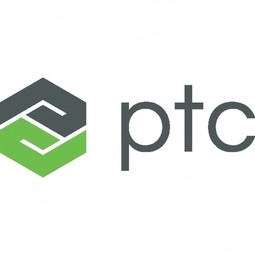
|
Carestream: Market Disruption and Improved Customer Relationships
Medical Imaging Healthcare imaging centers provide diagnostic imaging from computed tomography (CT), magnetic resonance imaging (MRI), digital mammography and other advanced imaging systems to physicians in digital format as well as printed on radiographic film, tailored to the referring physician’s requirements. The global market for diagnostic print services is mature and increasingly commoditized due to consolidation into a few large vendors that have heightened customer’s sensitivity to total cost of ownership. Carestream sought a new and innovative way to improve the customers total cost of ownership through consumption based services that has resulted in the creation of a new business model that has disrupted this commoditized market and changed its dynamics in Carestream’s favor. Healthcare Information Systems Carestream also had an opportunity to optimize critical maintenance and performance of its Healthcare Information Solutions (HCIS) portfolio, which simplifies clinical data management throughout different imaging departments. As the IT ecosystem expands from just back-end infrastructure to more bed-side diagnostics or patient facing, maintenance and system uptime becomes even critical to healthcare providers.
|
|




